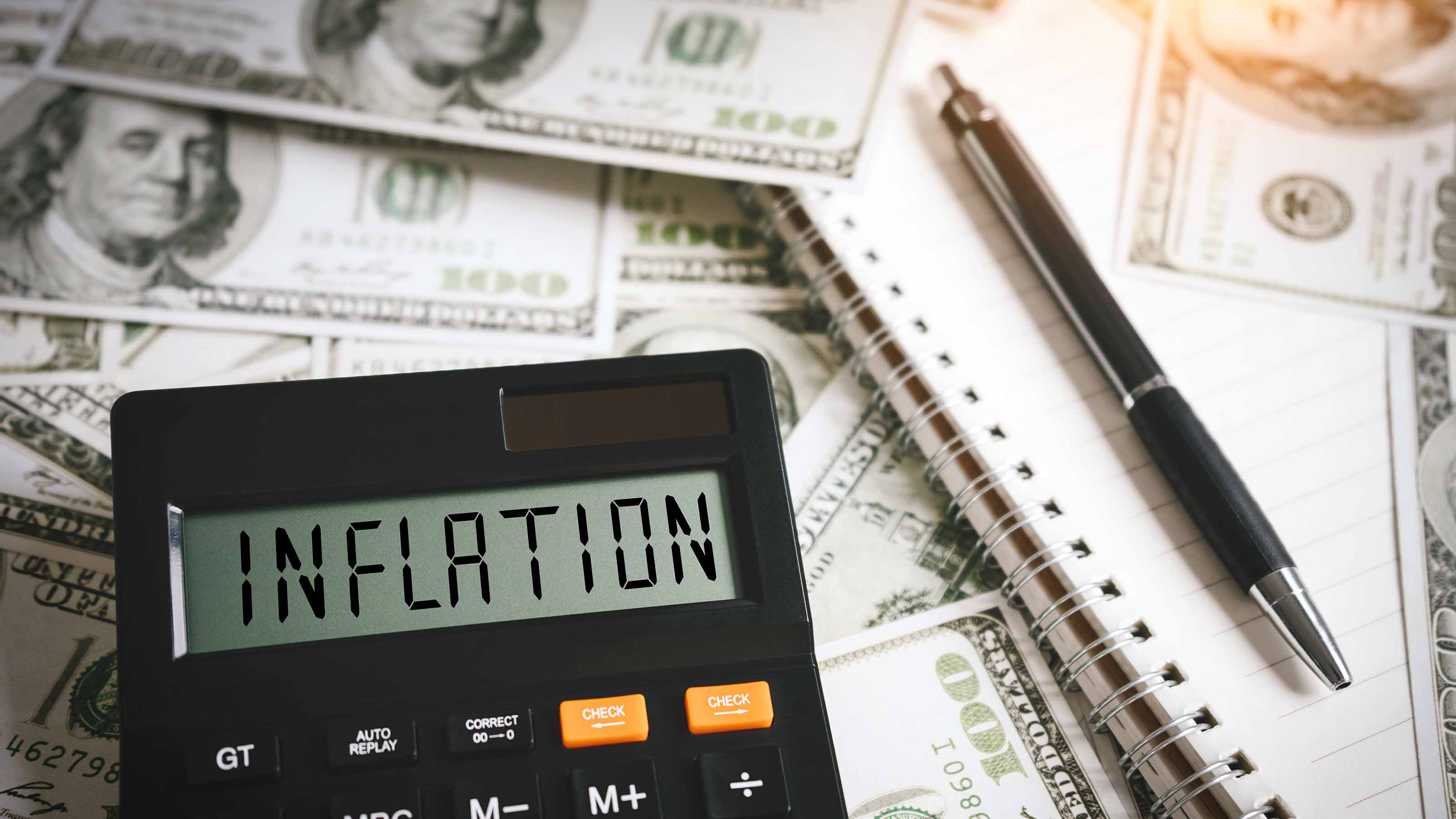
Inflation has probably been the single biggest factor roiling the financial markets over the past two years. But what is inflation, what causes it, and why does it matter?
Let's start with the basics. Inflation is an increase in the general price level of goods and services. In other words, inflation means rising prices. If you paid $4 for a cheeseburger last year, and you're paying $4.50 today, you have experienced inflation.
There are, of course, different ways to measure inflation. The most common is the Consumer Price Index (CPI), which tracks the price of a basket of common goods and services bought by the average American. It's published by the U.S. government's Bureau of Labor Statistics.
CPI inflation can be further broken down into "Core CPI," which excludes food and energy. Food and energy prices tend to have wild swings, so removing them from the equation allows us to better see how inflation is trending over time.
The Federal Reserve – which, as part of its mandate, is charged with keeping prices stable and inflation under control – uses a slightly different metric, the Personal Consumption Expenditures (PCE) Price Index. The two metrics can deviate slightly due mostly to small differences in how housing and medical care are accounted for. But for our purposes, they tell the same story.
What causes inflation?
This is a topic that has perplexed economists for centuries, and there is no single answer that explains what causes inflation at all times. But we can say that most inflation most of the time comes from one of two drivers: demand-pull inflation and cost-push inflation.
When consumers have a lot of cash to throw around and an inclination to spend it, demand rises faster than supply and prices rise. This is demand-pull inflation, and this is what the Fed attempts to control by managing interest rates. When the Fed wants to lower demand, they raise rates to make borrowing and spending more expensive. When they want to increase demand, they lower rates to make borrowing and spending cheaper.
Cost-push inflation is what you get due to shortages. As an example, think about the war in Ukraine. The Russian invasion took a lot of Ukrainian grain exports off the market. This disruption in supply caused grain prices to soar. Or if you want to go further back in time, think of the Organization of the Petroleum Exporting Countries' (OPEC) oil embargo in the 1970s. When OPEC curtailed oil exports to the West, the price of energy exploded higher.
Today, we have a mixture of both demand-pull and cost-push inflation. High demand and high disposable income following the pandemic (along with two years of aggressive stimulus by the Fed) pushed inflation higher. But so did supply chain disruptions and a general labor shortage. All of these factors have worked together to push inflation to its highest levels in decades.
Why does inflation matter?
For most readers over the age of 50, this needs little explanation. We had rampant inflation in the 1960s and 1970s, and living through that wasn't particularly easy. This is particularly true for pensioners living on a fixed income or for lower-income Americans. When costs for basic necessities rise faster than your income, your quality of life suffers. You get poorer.
It also matters for higher-income Americans because inflation has a real impact on investment returns. Inflation destroys the value of cash and fixed-income investments like bonds. The impact of inflation on stocks is harder to generalize because some companies have an easier time than others in passing on inflation to their customers. But for other companies, inflation raises their costs and erodes their profits.
How can I protect myself against inflation?
This is arguably the most important question of all.
There are a couple things you can do to protect yourself against inflation. With respect to your investments, you may want to be sure that your portfolio includes inflation-protected bonds, such as the Treasury Inflation Protected Securities (TIPS). You could also add a little gold, commodities, blue chip stocks or even cryptocurrency.
In terms of your personal life, it comes down mostly to keeping your costs under control. You can't control the prices on offer at the grocery store, but you can control what you ultimately choose to buy.







